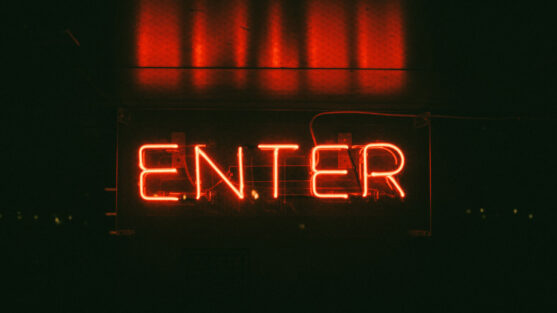
In the world of healthcare, precision, safety, and comfort are paramount. Hospitals operate around the clock, requiring lighting solutions that meet rigorous demands. Traditional lighting systems often fall short in efficiency and performance, which is why hospitals worldwide are turning to LED lighting as a game-changing alternative.
Here, we explore the key advantages of LED lighting for hospitals and why it’s a brighter choice for healthcare facilities.
1. Energy Efficiency and Cost Savings
Hospitals are some of the most energy-intensive facilities, operating 24/7 to ensure patient care. LED lighting consumes up to 80% less energy than traditional incandescent or fluorescent lights. By switching to LED, hospitals can significantly lower their electricity bills, freeing up funds for other critical areas of patient care.
Additionally, LEDs have a longer lifespan—lasting up to 50,000 hours or more—reducing maintenance costs and disruptions associated with frequent bulb replacements.
2. Enhanced Patient Comfort
Lighting plays a crucial role in patient recovery. LEDs provide a more natural light spectrum, reducing glare and creating a calming environment. Adjustable colour temperatures allow hospitals to tailor lighting to different areas—warm tones in patient rooms for relaxation and cooler tones in surgical or diagnostic areas for better visibility.
Moreover, studies suggest that well-designed lighting can positively impact circadian rhythms, helping patients sleep better and recover faster.
3. Improved Staff Performance
Healthcare professionals rely on precise lighting to perform their duties effectively. Whether it’s diagnosing illnesses, performing surgeries, or charting patient information, high-quality lighting minimises eye strain and ensures accuracy.
LED lighting provides consistent, flicker-free illumination, enhancing visual clarity and reducing fatigue for hospital staff working long hours.
4. Enhanced Hygiene and Safety
Hospitals demand strict cleanliness standards. LED lights are enclosed and more resistant to dust and bacteria compared to traditional lighting. Additionally, LEDs produce minimal heat, lowering the risk of overheating and reducing strain on air conditioning systems in sterile environments.
5. Sustainability and Environmental Benefits
As hospitals strive to reduce their carbon footprint, LED lighting offers a sustainable solution. LEDs produce less CO2 emissions, contain no harmful substances like mercury, and are fully recyclable.
By adopting LED lighting, hospitals not only contribute to environmental sustainability but also align with green initiatives and regulatory standards.
Real-World Impact
Hospitals that have made the switch to LED lighting report immediate benefits. From reduced energy consumption to improved lighting quality, the transition has proven to be an investment in both patient care and operational efficiency.
LED lighting is more than just a cost-effective upgrade—it’s a transformative tool that enhances patient experiences, empowers healthcare staff, and promotes sustainability. For hospitals looking to brighten their future, LEDs are undeniably the way forward.
Other Related Posts
Businesses urged to join the LED lighting revolution
The Climate Group launches a new campaign to urge more businesses to join The LED Lighting Revolution. Why not switch to connected LED lighting as the quickest way to cut building emissions. Businesses around the world are being urged to switch to LED lighting in a bid to cut their greenhouse gas emissions and energy […]

Psychology of LED lighting in Retail
LED lighting in retail is becoming one of the most powerful tools to shape customer experience and influence purchasing behaviour. We often hear about the effect of retail store atmosphere on consumer decision-making. The often cited classic example is the wine store and music study; playing French music led to more French Wine sales where […]

How much you really save by switching to LED lights
Will LED Lights Save Money? The most frequently asked question in lighting solutions is, “Will LED lights save money?” The answer is that LED lights consume around £80.00 of power over a 20+ year lifespan. CFL bulbs consume in excess of £120.00 over the same period and must be replaced every 5,000 hours. This gives […]

get in touch
If you wish to talk us directly, you can find our details here. Please note our phones are only answered during standard office hours.
Phone:
01253 283050
Email:
info@airisuk.com
Address:
Unit 2, Peal House, Poulton Industrial Estate, Cocker Avenue, Poulton-le-Fylde, Lancashire, FY6 8JU









